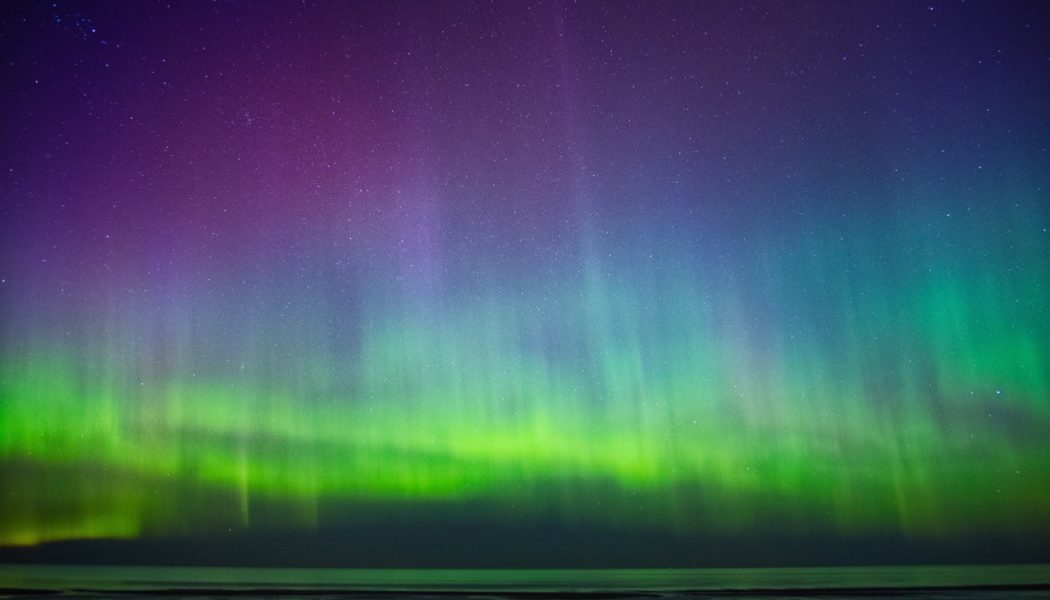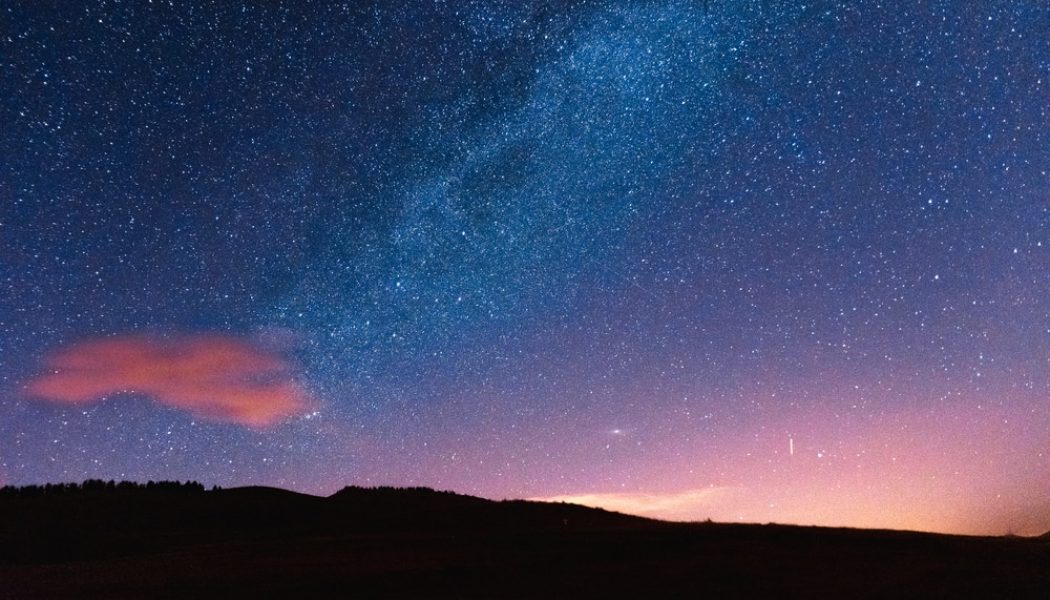bucketlist
13 stunning natural phenomena
From the famous northern lights to the lesser known sea of stars, we share elusive natural phenomena from across the globe As Doug Hurley and Bob Behnken made history this week as the first astronauts to launch to orbit on a private spaceship, the world took pause to watch. Given the turmoil of our times, one observer quipped, ‘Congratulations to the Astronauts that left Earth today. Good choice.’ The off-the-cuff comment was amusing, but also surprisingly poignant for it reminded us of the damage being wreaked by humans – not only on each other but the planet itself. Seeing the curvature of the Earth reminded us of the extraordinary natural phenomena that exist right here at home. Below, we share the best of them. 1. Aurora Borealis The Aurora Borealis, more commonly known as the northern...
Star struck: exploring the world’s Dark Sky Reserves
International Dark Sky Reserves are protected areas that offer exceptionally starry nights. We review the 16 places that hold this hallowed status They sound like something out of Star Trek, these ‘Dark Sky Reserves’ – like they may have been conjured one evening in a lively LA writers room. Unlike the ‘Delta Quadrant’ or ‘Delphic Expanse’, however, International Dark Sky Reserves actually exist. We at Atlas & Boots hadn’t heard of them until our recent trip to New Zealand‘s Aoraki Mackenzie, one of the world’s 16 Dark Sky Reserves. Governed by the International Dark Sky Association (IDA), Dark Sky Reserves are defined as follows. A public or private land possessing an exceptional quality of starry nights and nocturnal environment that is specifically protected for its scientific, natu...



